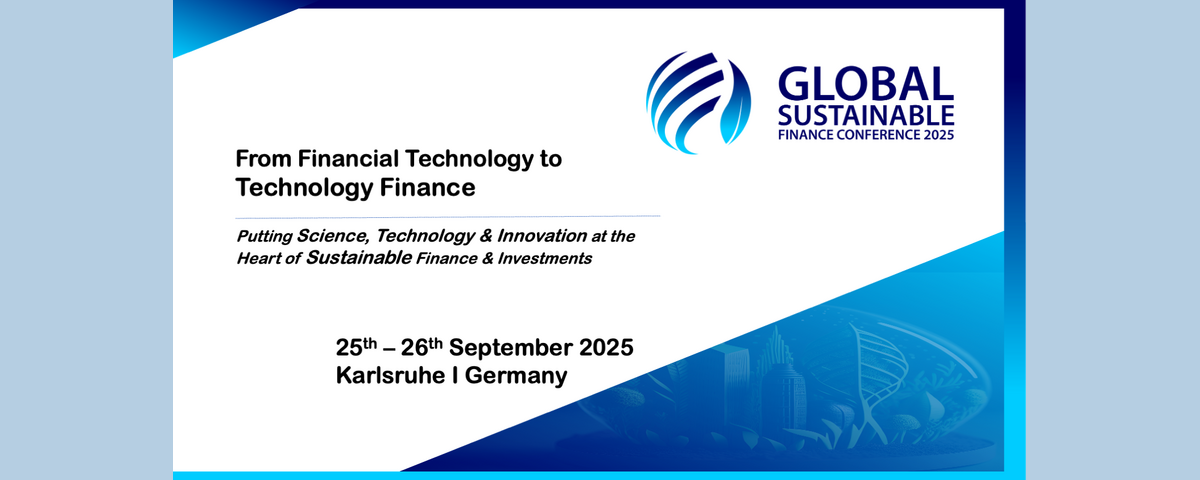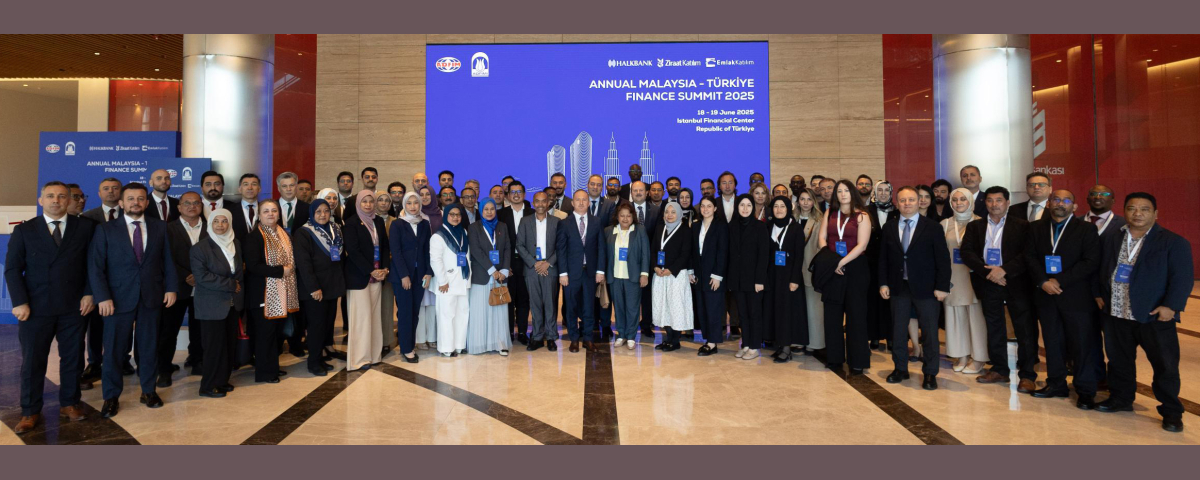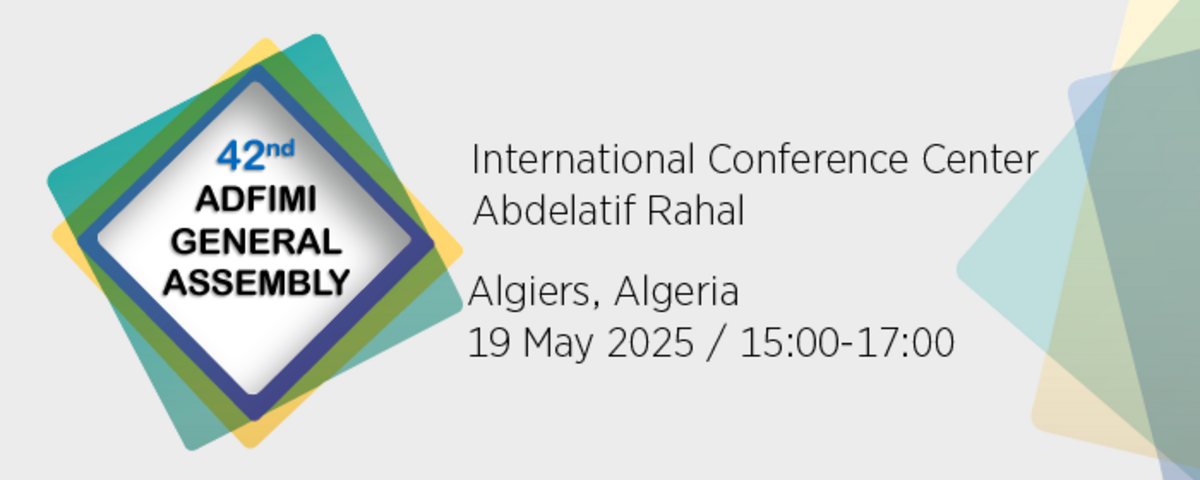Bangladesh Economy Grew by an Average of Over 6 Percent a Year During The Past Decade
Opening remarks of the Governor, Bangladesh Bank at HSBC Roundtable Discussion, Dhaka, 29 May 2014
Distinguished participants at this roundtable, good morning to all of you. Let me start by thanking the organizers of this event HSBC for putting this event together. This type of event is important for Bangladesh as we are actively seeking to attract investment and ours is a story which is both under-sold and under-told!
Bangladesh’s economy grew by an average of over 6 percent a year during the past decade. Over the same period, external trade increased by almost four-fold in U.S. dollar terms and more than doubled as a share of GDP. At the same time, the poverty level nearly halved, in line with achieving most of our Millennium Development Goals by 2015. As an Economist magazine article whose sub-title was “Lessons from the achievements of Bangladesh” points out and I quote “Bangladesh has made extraordinary improvements in almost every indicator of human welfare.” Bangladesh’s Vision 2021 aims to raise growth further during this decade and make further decisive inroads in reducing poverty. From the initial position as a primary goods producing small agrarian economy, Bangladesh has now developed a globally integrated manufacturing sector with a leading apparels and textiles sector gradually breaking grounds into newer areas like shipbuilding, light engineering, and IT enabled services.
Recent macroeconomic performance has been broadly satisfactory as noted by many international agencies including our rating agencies S&P and Moody’s. Inflation pressures eased, following moderate monetary tightening with the headline rate at 7.5 percent in April 2014. Notwithstanding heightened risks, we have managed external pressures well, and as a result, we have experienced a steady buildup in foreign reserves since early 2012, reaching US$20 billion currently. Fiscal policy has also been managed in a prudent manner. As a result macro-stability has underpinned growth performance.
Another issue I would like to put in front of you is the vision for the type of job-creating growth and exports that we want to see? First we need to modernize our agriculture sector through greater technology and contract farming. It can continue to be an important source of employment generation, food security as well as export revenue through agro-processing products. On the manufacturing side clearly the Ready Made Garments sector is our largest success story. Now we need to move up the value chain in this sector and I see huge prospects especially as we are taking labor standards very seriously and overall our garments factories have strengthened health and safety standards significantly over time. We sadly had a tragedy of immense proportions recently and we are all committed to ensuring improved standards and compliance following on from this. We are also gradually building the skills required to move up-market in other industries such as shipbuilding, pharmaceuticals, jute, leather products and so on. But more fundamentally we need to recognize that the services sector now contribute about 50% of GDP. So how can we move to higher productivity service sector based job creation. Just like garments we will need to start somewhere and then build up. For instance we can gradually increase our share of the e-services market. It may start ‘low-end’, as say the data entry business shifts from India, before eventually becoming more ‘high-end’. In this regard I am pleased to hear that Bangladeshi freelancers are competing globally and are generating service-sector exports.
Bangladesh is strategically located as a potential hub of regional trade. Roads, bridges, and ports are being developed for facilitating transit routes for regional trade through Bangladesh. Bangladesh offers excellent opportunities and facilities for foreign investment. No prior permission is required for investment in industrial sector and investment proposals need only to be registered with the Board of Investment (BOI). There is no ceiling on percentage of foreign ownership; both wholly foreign owned and joint ventures are permissible. Public Private Partnership (PPP) in infrastructure investments offers a new window of opportunity for foreign investors. Fully serviced existing Export Processing Zones (EPZs), and Special Economic Zones (SEZs) are being expanded and developed for export-manufacturing with duty free import of inputs. I hope the issues which the Korean EPZ is facing is resolved soon as it will be an important signal for other investors too. Profits/dividends on FDI and FPI are freely repatriable, so are disinvestment proceeds and capital gains.
Bangladesh Bank is ready to facilitate exports and among other measures we have kept the Taka stable and recently expanded our Export Development Fund. I cannot stay beyond my opening remarks but I look forward to hearing about the outcome of this roundtable which will also help us facilitate our common goal of building a better Bangladesh.
Thank you.


.jpg?id=4_638)



